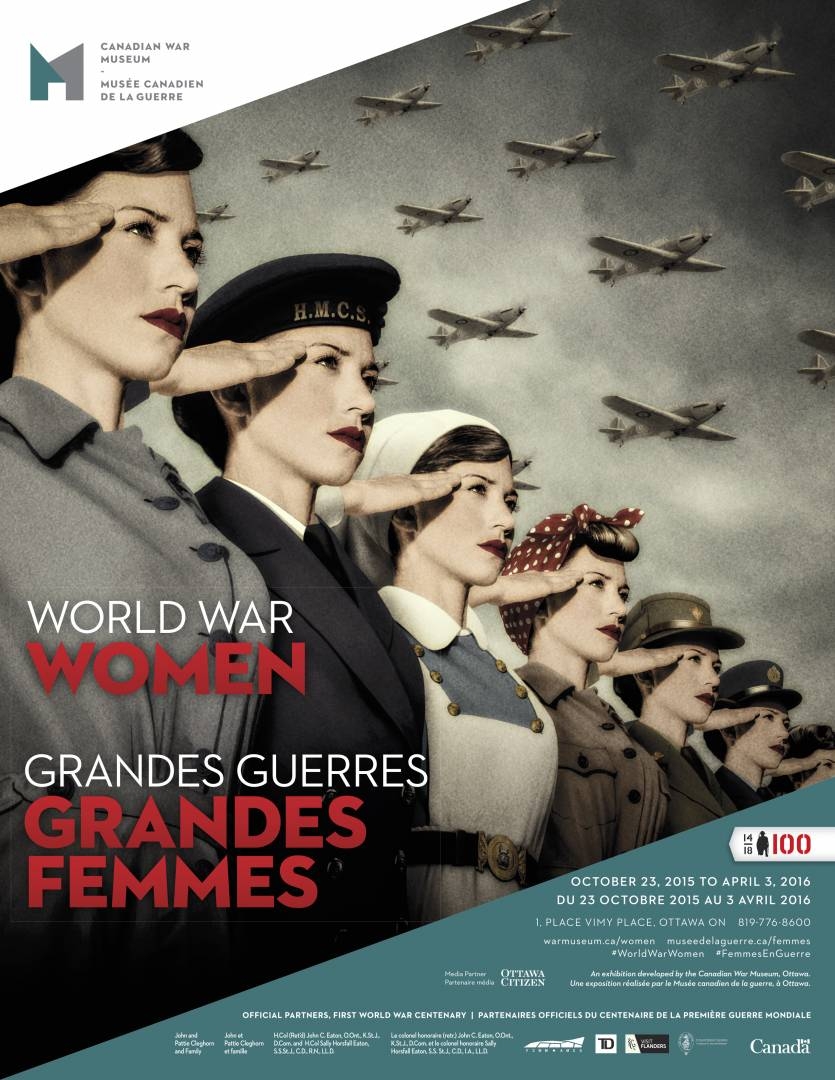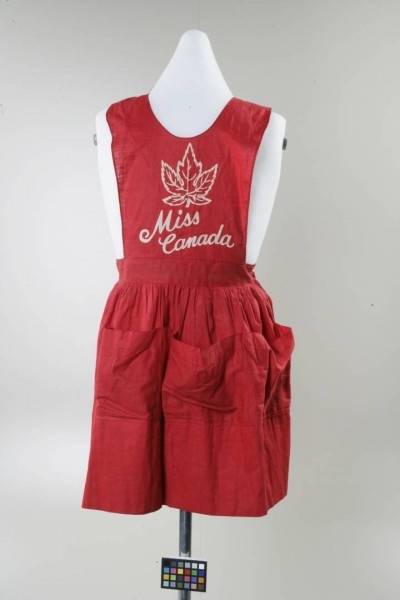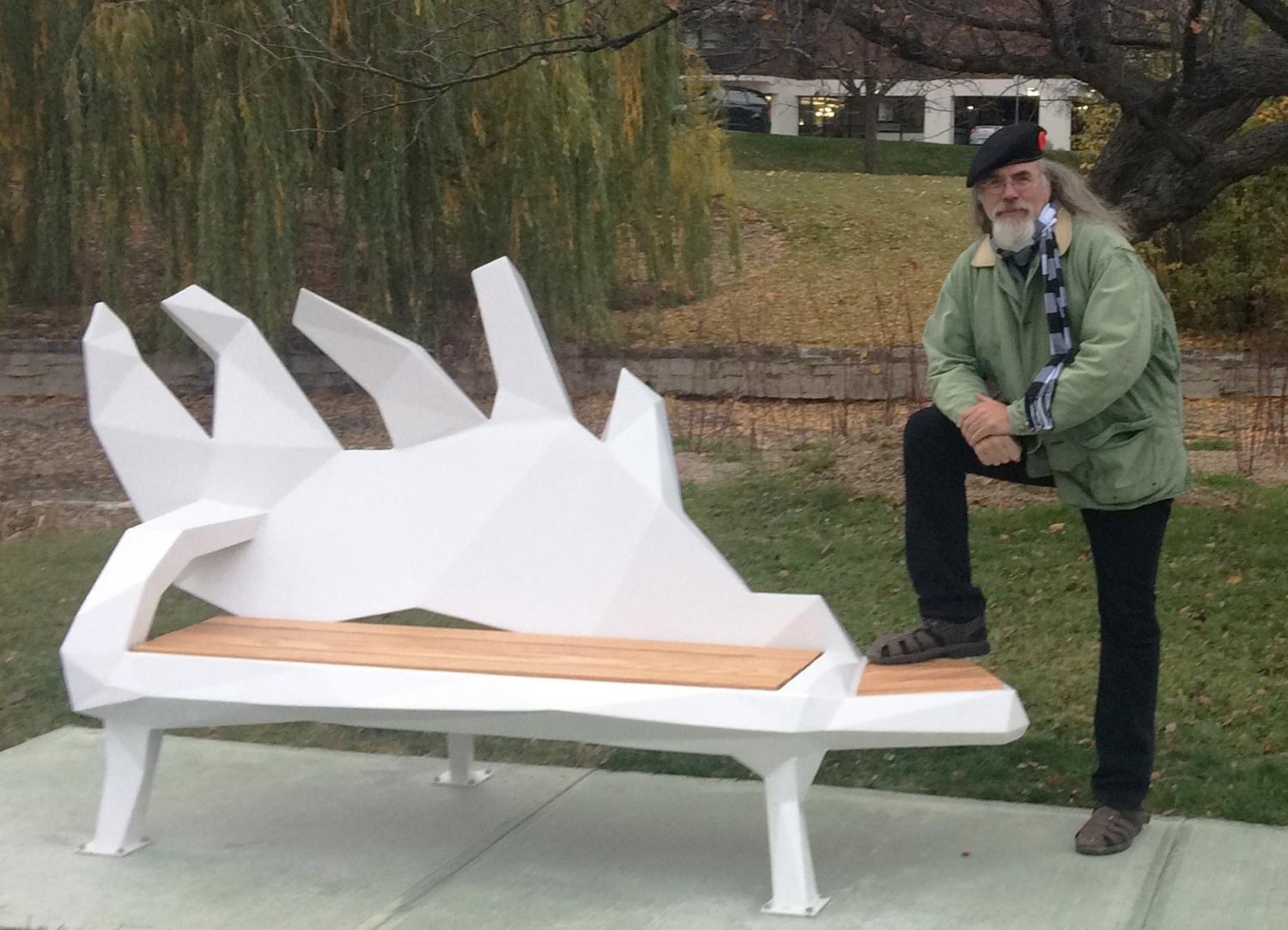
Women and the World Wars
Photo © Canadian War Museum
The Canadian War Museum is celebrating Canadian women’s roles and contributions made during the First and Second World Wars in the museum’s new exhibit, World War Women.
Dr. Stacey Barker is the Acting Historian, Art and War, at the Canadian War Museum. Barker has been working at the Museum since 2013, and she is the lead historian for the World War Women Exhibition.
World War Women explores Canadian women’s achievement during these conflicts, as well as the contributions made to the war efforts and how the war impacted their lives through artefacts.
“We draw upon our rich collection of artifacts for this show, and have adopted a ‘personal stories’ approach,” says Barker.

By using objects, documents, photographs and other materials that once belong to women, these items help tell personal war stories. Many of the stories are told by using material from the National Collection that has not been previous displayed.
The exhibition is thematic and devotes five zones to different elements of wartime life for women: military service, volunteering, paid war work, domestic pressure as well as worry and loss.
The Worry and Loss section is the one that Barker finds most touching.
“The exhibition is circular, and (Worry and Loss) runs around the perimeters. It surrounds the other sections, because no matter what else they may have been doing, many women facing war also faced the very real and immediate possibility of losing someone close to them: a husband, son, brother, friend.”
By using objects such as silver crosses, scrapbooks, artwork and telegrams, the section tell the stories of women who lost their loved ones to war.
Canadians might not know that women contributed to every part of Canada’s war efforts. Women served in the military by working as nurses during both conflicts, as well as serving in one of the three military service branches that were created during the Second World War.
Women also contributed to essential war work such as munitions, airplane building and farming. Many women spent their time volunteering by fundraising, knitting garments for soldiers, sending care parcels to service personnel and entertaining in civilian entertainment troupes to help build morale.
When asked about some examples of great women who contributed their time and effort to the war efforts, Barker points to three notable figures: Joan Bamford Fletcher, Willa Walker and Barbara McNutt.
Bamford Fletcher, Barker explains, was a Canadian woman who, while a member of Britain’s First Aid Nursing Yeomanry, was sent to Indonesia to help rescue thousands of Dutch civilian internees from Japanese prison camps at the end of the war.
Walker, when faced with the tragedy of her husband taken prisoner by the Germans, responded by joining the newly-formed Women’s Division of the Royal Canadian Air Force. Walker eventually became a commander.
McNutt, the youngest of the three, was an 11 year old girl who joined an army of young women known as ‘Miss Canadas.’ Miss Canadas would fundraise from door-to-door, selling War Savings Stamps to help fund the war effort.
The exhibition is one of a series of exhibitions that the War Museum has developed to mark the First World War centenary.
“We have many great objects and stories in the collection related to women and war,” says Barker. “And this was an ideal time to showcase some of them.”

There are many notable pieces that will be included in the exhibition. One highlight is a 17th Century Japanese samurai sword that a Japanese soldier gave to Bamford Fletcher because he was astonished by her bravery.
Another poignant item is a piece of fine Belgian lace. During the First World War, the suitor of a woman named Minnie Jarvis went to war. The suitor proposed to Jarvis, but told her that he did not want an answer until he returned.
In June 1917, he sent Jarvis the lace. Barker speculates that it may have been a reminder of his proposal. One month later, Jarvis received word that he had been killed in action.
The lace was kept in its original envelope for over 60 years. She later donated the lace and envelope to the War Museum back in the late 1970s.
The object, like many featured, are reminders of the struggles and harsh realities many faced during wartime.
“Those stories are always a powerful, sad, but meaningful in what they say about the consequences of war,” Barker says.













